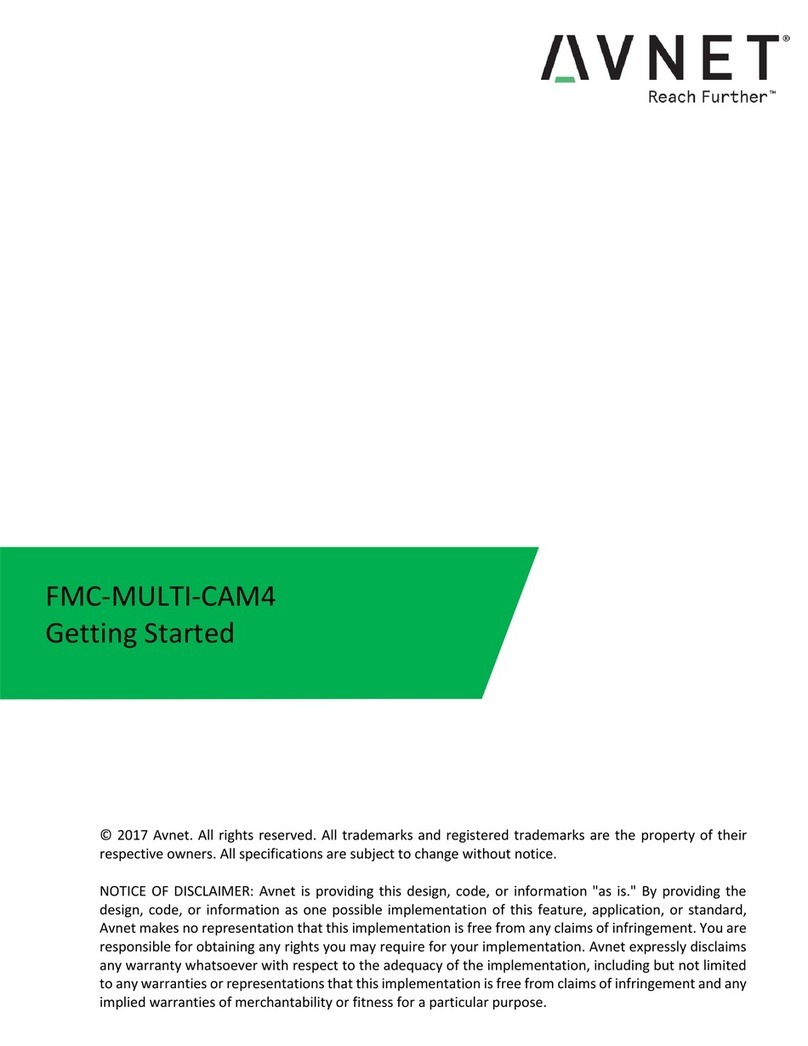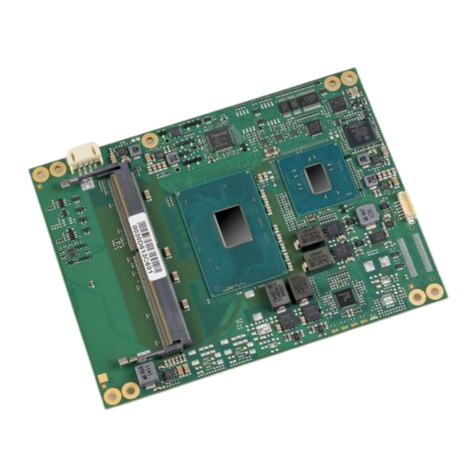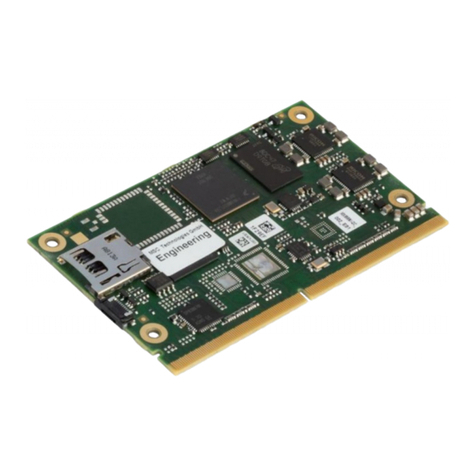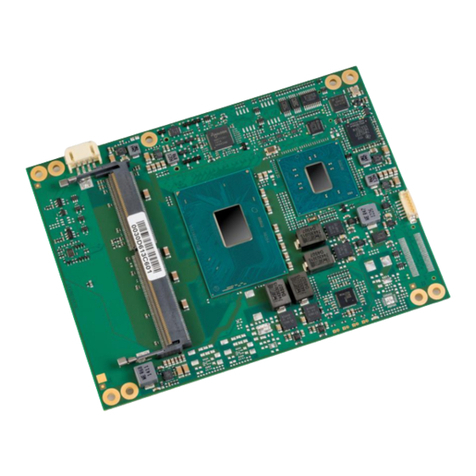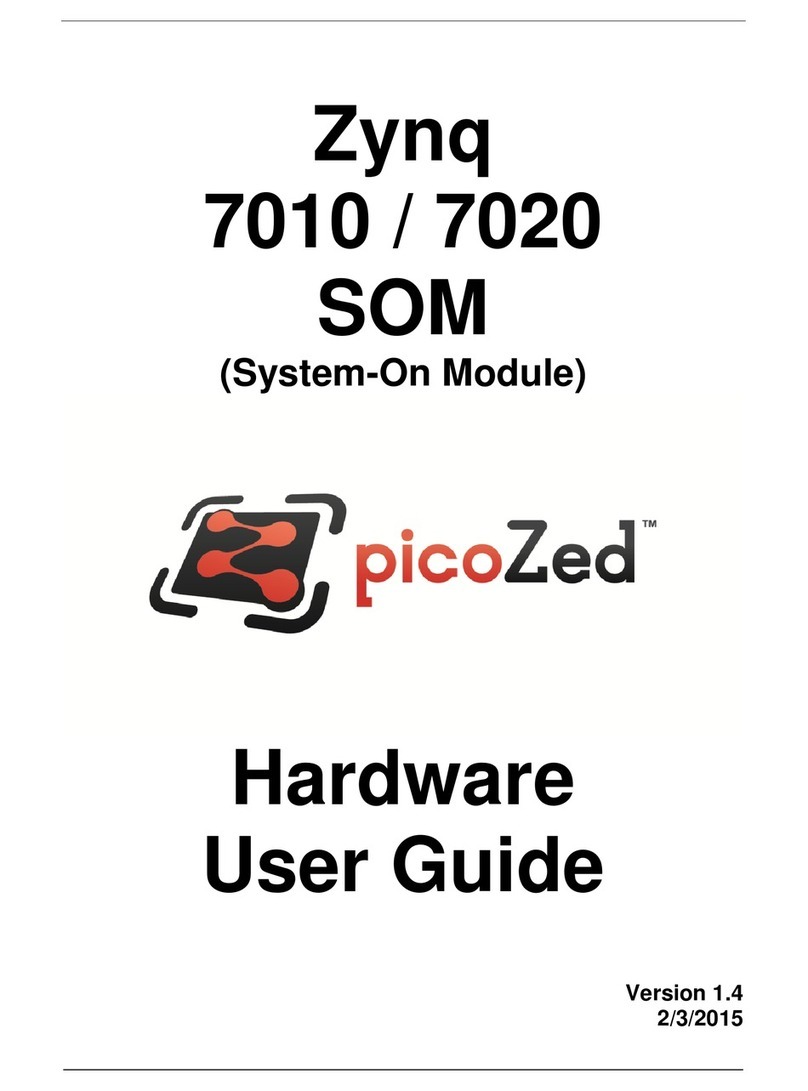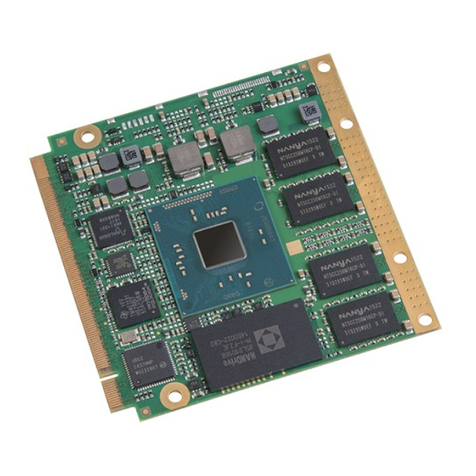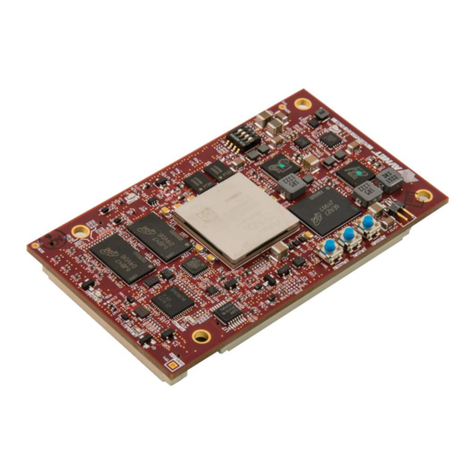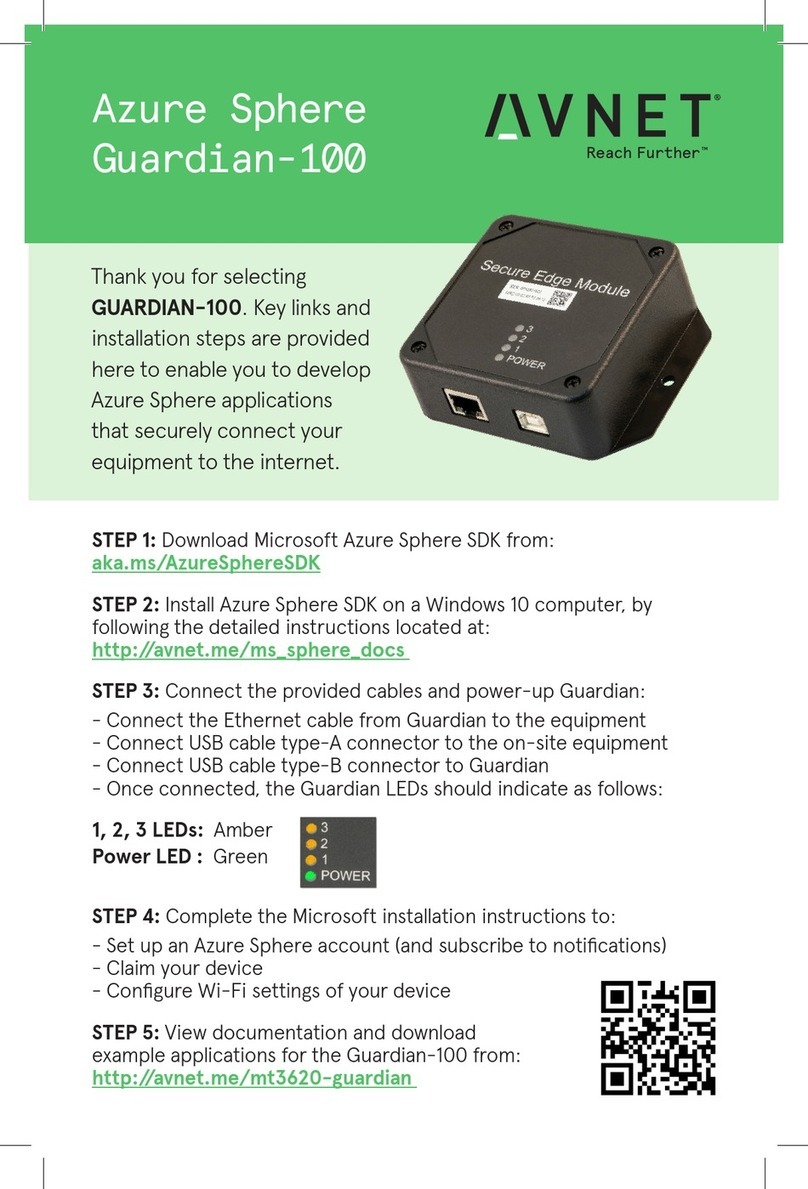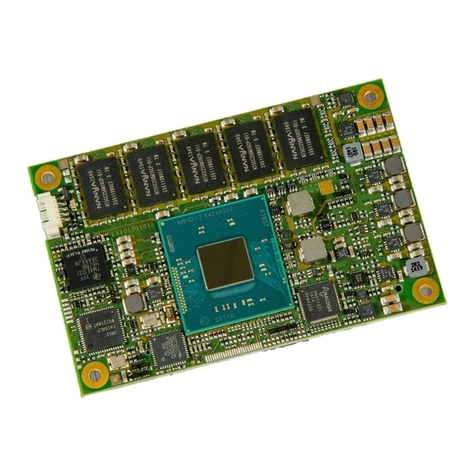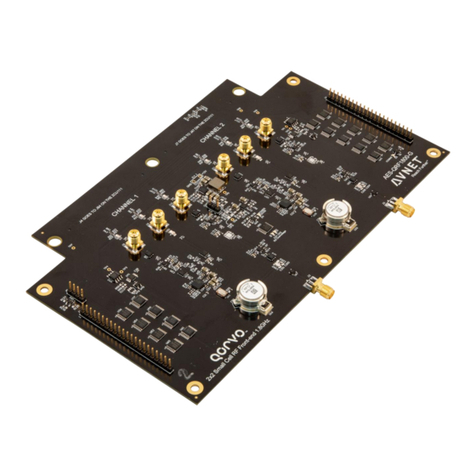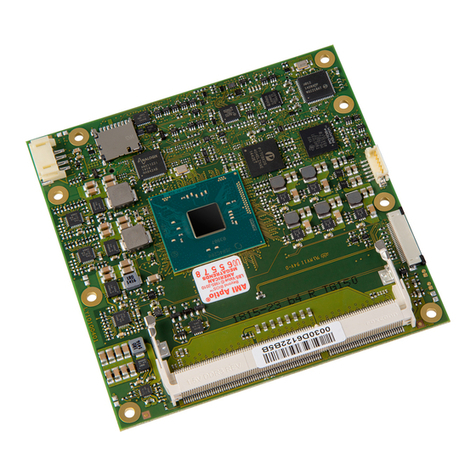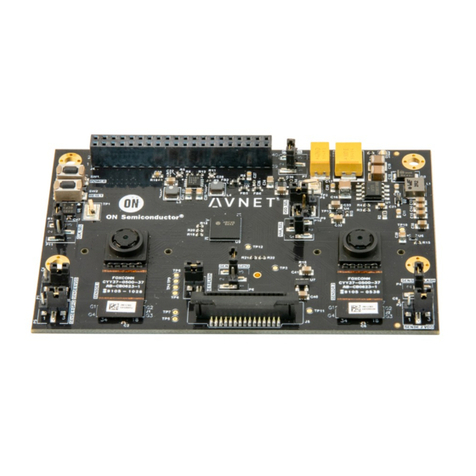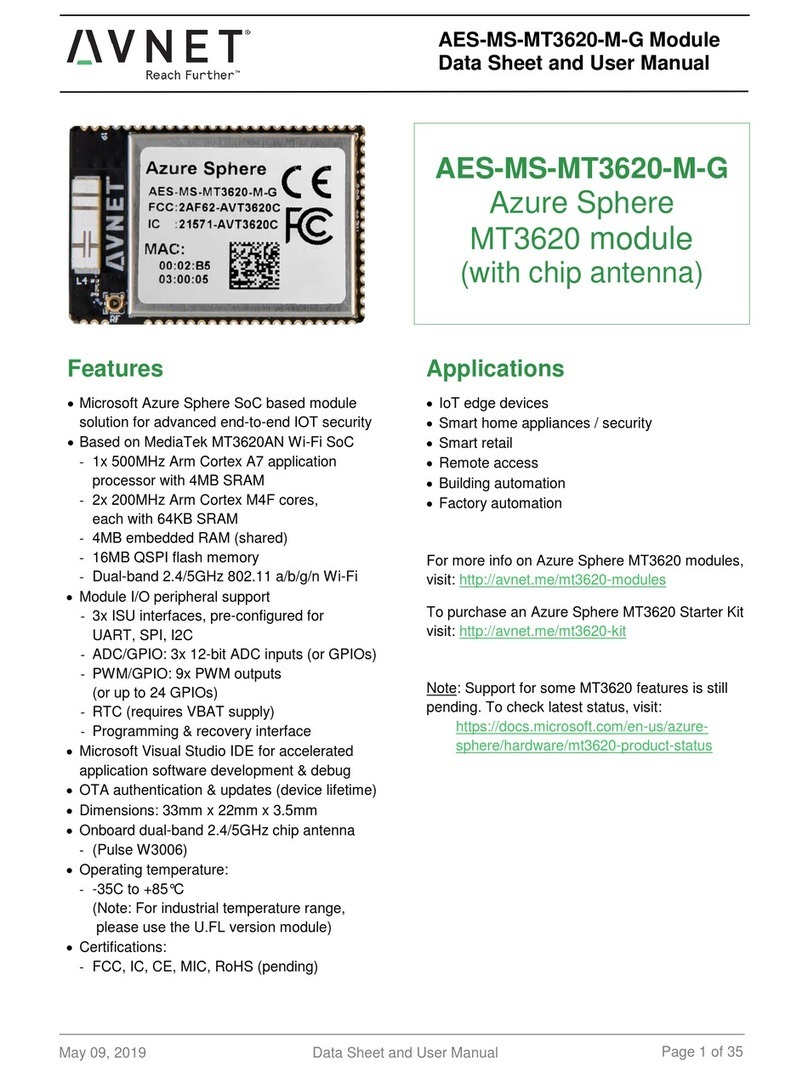
MSC C6C-AL MSC C6C-AL User Manual 4 / 128
Contents
1USER INFORMATION .......................................................................................8
1.1 About this Manual............................................................................... 8
1.2 Symbols and Signal Words................................................................. 8
1.3 Table Cells with Gray Text.................................................................. 8
1.4 Intended Use ...................................................................................... 8
1.5 Non-intended use ............................................................................... 9
1.6 Electrostatic Sensitive Device............................................................. 9
1.7 Module Photos..................................................................................10
2TECHNICAL DESCRIPTION............................................................................12
2.1 Introduction.......................................................................................12
2.2 Key Features ....................................................................................13
2.3 Block Diagram ..................................................................................14
2.4 COM Express Implementation..........................................................15
2.5 Functional Units................................................................................17
2.6 Power Supply....................................................................................19
2.7 Power Dissipation............................................................................. 19
2.7.1 Running Mode.....................................................................................19
2.7.2 Power Dissipation (Standby Modes) ...................................................21
2.8 System Memory................................................................................22
2.9 Mechanical Dimensions.................................................................... 23
2.9.1 Compact module.................................................................................23
2.10 Thermal specifications......................................................................24
2.11 Use Conditions ................................................................................. 25
2.12 Signal description .............................................................................25
2.12.1 High Definition Audio...........................................................................26
2.12.2 Ethernet...............................................................................................26
2.12.3 Serial ATA...........................................................................................27
2.12.4 PCI Express Lanes..............................................................................27
2.12.5 Express Card Support.........................................................................28
2.12.6 USB.....................................................................................................28
2.12.7 LPC Bus..............................................................................................30
2.12.8 LVDS / eDP.........................................................................................31
2.12.9 Digital Display Interfaces.....................................................................33
2.12.10 Serial Interface Signals........................................................................36
2.12.11 Miscellaneous......................................................................................36
2.12.12 Power and System Management ........................................................37
2.12.13 General Purpose I/O ...........................................................................39
2.12.14 SDIO....................................................................................................39
2.12.15 SPI Interface........................................................................................40
2.12.16 Module Type Definition........................................................................41
2.12.17 Power and GND...................................................................................42
2.13 Pin List for MSC C6C-AL Module (Type 6).......................................42
3JUMPERS AND CONNECTORS......................................................................48
3.1 Jumpers.............................................................................................48
3.2 Fan Connector...................................................................................49
3.3 Camera Connector............................................................................49
4WATCHDOG.....................................................................................................50
5SYSTEM RESOURCES ...................................................................................51
5.1 PCI IRQ Routing................................................................................51
5.2 SMB Address Map ............................................................................52
6BIOS.................................................................................................................53
6.1 Introduction........................................................................................53
6.2 Startup Screen Overview ..................................................................53
6.3 Activity Detection Background...........................................................53
6.4 Aptio Setup Utility..............................................................................53
6.5 Configuring the System BIOS ...........................................................53
6.6 BIOS Menu Structure ........................................................................53
6.6.1 Menu Bar.............................................................................................55
6.6.2 Legend Bar..........................................................................................56
6.7 Main Menu.........................................................................................57
6.7.1 Board Info............................................................................................58
6.7.2 Hardware Monitoring............................................................................59
6.7.3 System Information..............................................................................60
6.7.4 Firmware Update .................................................................................60
6.7.5 Network Configuration .........................................................................62
6.8 Advanced Menu ................................................................................63
6.8.1 Trusted Computing (TPM) ...................................................................64
6.8.2 ACPI Settings ......................................................................................65
6.8.3 SMART Settings ..................................................................................65
6.8.4 Serial Port Console Redirection...........................................................65
6.8.5 Console Redirection Submenu............................................................66
6.8.6 CPU Configuration...............................................................................68
6.8.7 CPU Power Management Submenu....................................................69
6.8.8 AMI Graphic Output Protocol Policy ....................................................70
6.8.9 PCI Subsystem....................................................................................70
6.8.10 Network Stack Configuration ...............................................................71
